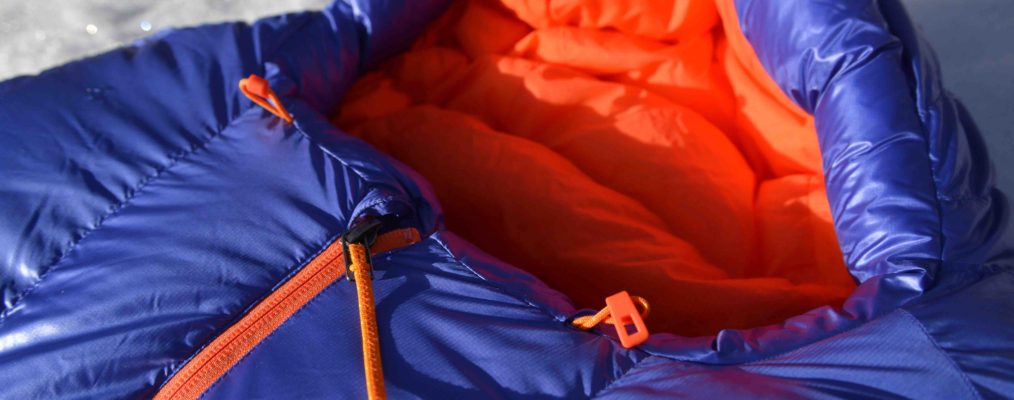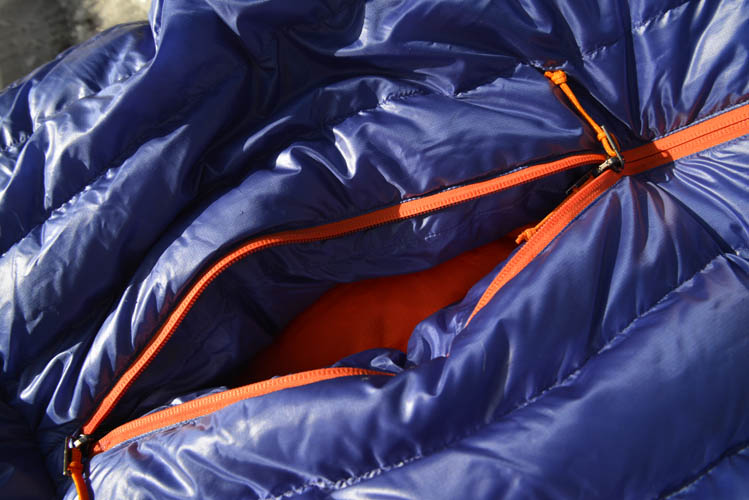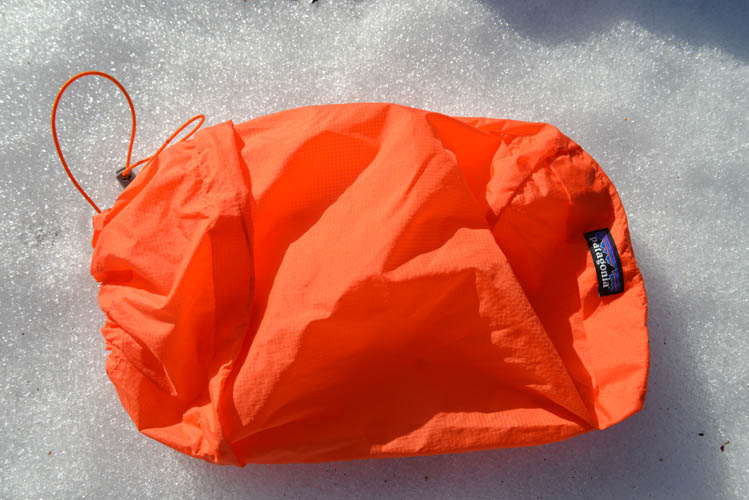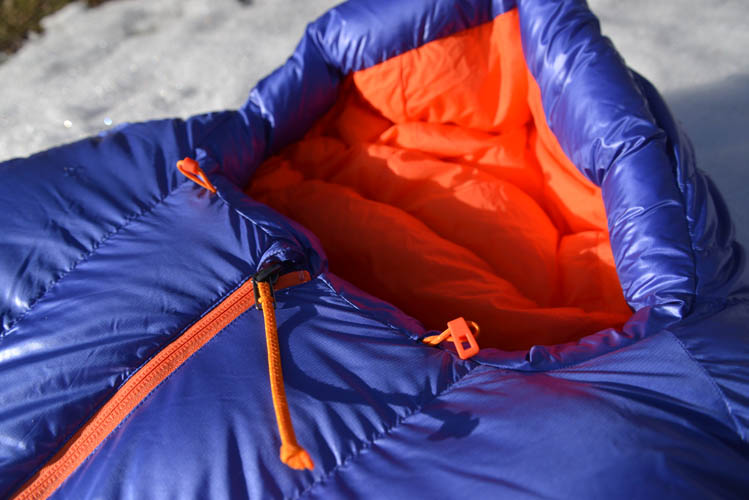This spring Patagonia launch their first ever sleeping bag range, consisting of two down-filled models – we grabbed the 3-season model to try out...
Patagonia aren’t a company that rushes to expand into new areas, and so the announcement of their first ever sleeping bags is rather big news. Of course, they have plenty of experience working with down products so it’s no surprise that the first two products in what we assume will become a more comprehensive range are filled with high quality, and ethically-sourced down.
To be fair, these are not quite the very first sleeping bags Patagonia have made – their High Alpine Kit range from last autumn featured the ‘elephant foot’ Hybrid Bag which, when combined with a down jacket makes an ideal bivy sleeping system for alpinists. And Patagonia founder Yvon Chouinard made a one-off bag for his own use decades ago, and this is what the new bags are modelled on: “Inspired by the bag Yvon Chouinard built for himself 45 years ago – a simple, mummy-style bag with overstuffed channels and a centre-front zipper that let him tie in at belays or cook at bivys – the new 850 Down Sleeping Bag is an elegant, real-world bag built with the best available materials and a down-construction expertise that’s been 45 years in the making,” as Patagonia put it.
As well as the -70C rated bag we had on test, there is also a lighter -10C model that features stitch-through construction rather than the differential baffle construction of the -70C degree bag (and weighs less of course). Apart from these details, the bags look very similar in function, so let’s take a closer look at the 850 Down Sleeping Bag.
Features
The most obvious feature of the new Patagonia bags is the main zip which, rather than located at the side like most bags, runs down the centre of the bag. This, as the Patagonia press release states, mimics the original bag with the idea being that it is more functional than a side zip. There are pros and cons of a centre zip of course, but if you move around in your sleep and find that a side zip slips round to the bottom then a front zip could well be an advantage to you. Certainly the two-way zipper allows ventilation as well as the ability to use your hands while still keeping your body warm inside the bag (e.g. when you’re eating).
Unlike the -1 C bag, this version uses differential baffles, meaning that no cold spots develop where they might in a stitch-through design. This extends to the bag’s footbox which uses horizontally-aligned baffles and is tailored around the feet to prevent excess spaces that need to be warmed up. The hood also features horizontal baffles and has a baffle around the neck to keep drafts out. A pull-chord on each side of the zipper opening allows you to tighten the hood around your neck, and this is easily released using high quality push toggles.
In use
With a comfort rating of -10C, this bag is just about spot-on for 3-season use in the UK and Europe. Used with a liner it could probably deal with all but the coldest winter conditions too, depending on how warm you sleep.
We found the centre zip very practical, both for getting in and out, and for ventilation, and despite not having anti-snag tape behind the zipper we found it rarely got stuck. The hood gives a really comfortable fit around the head, and the overall fit of the bag is quite snug, meaning it warms up quickly and doesn’t tend to develop cold spots.
The 850 Down Sleeping Bag comes with a hemp/organic stuff sack and a lightweight nylon stuff sack; perhaps our only wish would have been for a drysack to keep this undoubtedly superior-quality item dry and protected. Overall though, top marks for this first foray into sleeping bags for Patagonia, and we look forward to seeing more models in the future.











